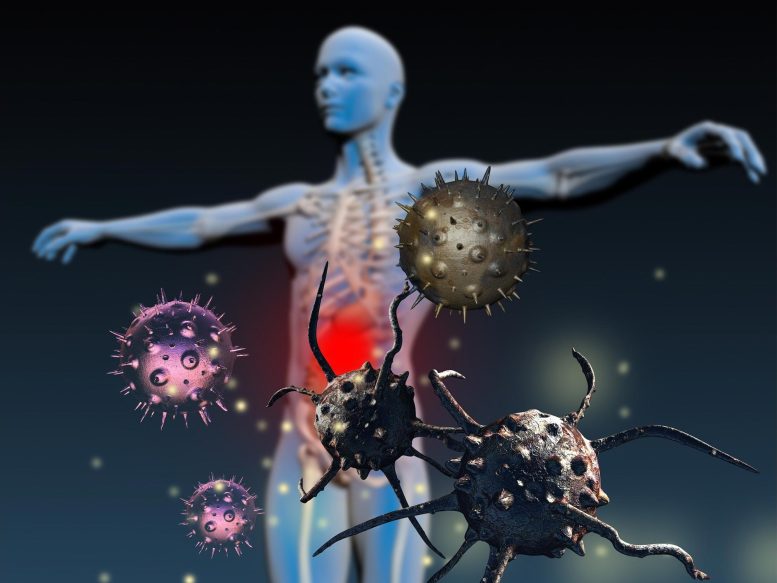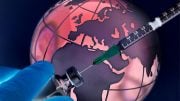
Disease spillover risk was poorly communicated and oversimplified during COVID-19 pandemic.
COVID-19 has been the first pandemic that has taken place alongside the interconnectivity of the Internet and pervasive social media. As a consequence, the spread of ideas and information about the disease has been unprecedented—but not always accurate. Among the widely circulated headlines was one about the relationship between land change and the spillover of diseases from wildlife to humans.
Writing in the journal BioScience on September 16, Andre D. Mader of the Institute for Global Environmental Strategies and colleagues survey primary and secondary literature, as well as webpage content on the subject of land change and zoonotic disease risk. Based on the troubling patterns picked up from this literature and media coverage, Mader and colleagues describe what amounts to a case study in improper science communication and its possible consequences.
According to the researchers, media messaging throughout the pandemic consistently described direct causality between zoonotic disease spread and land use change. This was despite the fact that only 53% of the surveyed peer-reviewed literature made this association. In the report the authors delve into theoretical scenarios that would demonstrate the difficulty of tracing the real risk of zoonotic spillover, emphasizing that the “complexity of pathogen responses to land change cannot be reduced to one-size-fits-all proclamations.”
Furthermore, the authors discovered that as the literature moves from primary research to review articles and commentaries, and finally to webpages, the “overstating of the evidence” continually increases. In fact, 78% of secondary papers imply the land use–zoonotic spillover association, and all but one of the sampled webpages make this association. In addition, the researchers also noted that secondary sources and web pages frequently failed to mention the uncertainty associated with their conclusions.
There are significant potential consequences of simplistic messaging and a lack of proper communication regarding zoonotic spillover. It can erode credibility, neglect the local community’s specific needs when it comes to policymaking, and detract attention from other factors that can lead to zoonotic spillover, say Mader and colleagues. They recommend more accurate, nuanced, and explanatory dissemination of the studies on zoonotic spillover risk, arguing that such an approach would also benefit science more broadly.
As Mader and colleagues conclude, “if the goal of science communication is to improve understanding, it must strike a balance: sufficient simplicity to be grasped by as broad an audience as possible but sufficient nuance to capture the complexity of an issue and contribute meaningfully to the discussion around it, especially when it goes viral.”
Reference: “Messaging Should Reflect the Nuanced Relationship between Land Change and Zoonotic Disease Risk” 16 September 20220, BioScience.
DOI: 10.1093/biosci/biac075









The root cause of pretty much ALL (past/current/future) pandemics is the contact w/ wild animals (which carry absolutely massive numbers of viruses, diseases, parasites)!
& the real best/effective solution would be a global law/agreement that absolutely bans sale/trade/hunting/eating/petting of ALL wild animals (starting by a certain future date like 10 or 20 years ahead (so all countries can prepare themselves))!